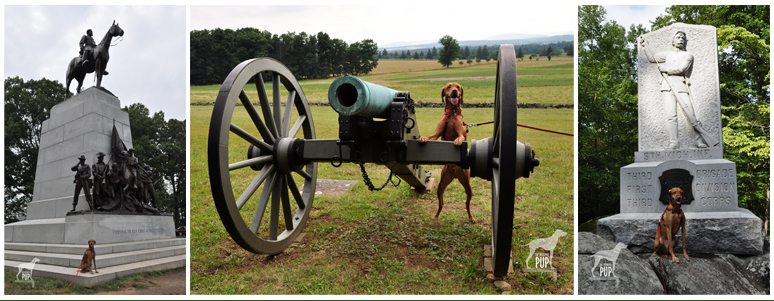
Gettysburg’s hallowed ground. At left: the Virginia Memorial overlooks the field where Pickett’s Charge took place and General Lee lost more than 5,000 men in a single hour. Center: Cannon dot the fields along West Confederate Avenue, near the Observation Tower. At right: A memorial to the 5th Michigan Infantry in the Rose Woods.
Seven score and ten years ago, there was Gettysburg. Or, more to the point, the Battle of Gettysburg, the “High Water Mark” of the Civil War and its most devastating battle. The first three days of July 1863 turned Pennsylvania farmland into a blighted battlefield, claiming some 51,000 casualties and 3,000 horses. It’s a battle rightly memorialized—its tactics, weather, and personalities endlessly scrutinized.
Team Tavish’s visit to Gettysburg came about after spending the better part of a day hiking the trails at Maryland’s Catoctin Mountain Park (see blog post). In consulting a map, Gettysburg looked to be close by, just across the Mason-Dixon line (and the Maryland-Pennsylvania border). Before heading on, though, we consulted with a local just to be sure. Even as she confirmed that it’d indeed be a short trip, she began shaking her head. “You know, we used to take our horses out to ride the bridle trails at Gettysburg,” she said, her face clouding. “But those horses spooked every damn time. And if you were riding by yourself? Forget it. It’s like they knew.”
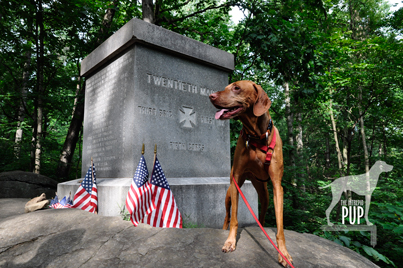
Tavish traced the footsteps of fellow Mainers en route to Little Round Top and this memorial commemorating the role of the 20th Maine Volunteer Infantry Regiment.
So with that little sense of foreboding, we drove up the road to Gettysburg, covering in a half hour a distance we knew would’ve taken Civil War troops infinitely longer.
With a late afternoon arrival and a lot of hiking already under our belts, we opted to experience Gettysburg this time around via the 24-mile auto road. A map obtained from the Visitor Center guided our way, and the sixteen stops provided ample opportunity to get out and explore. Cannon, historical markers, and memorials are at every vista. It seemed fitting for Tavish as a native Mainer to check out the memorial at Little Round Top dedicated to the 20th Maine Volunteer Infantry Regiment. As we traversed the path through the copse to the monument, the stillness was in marked contrast to the bedlam of July 1863. There, on the battle’s second day, Colonel Joshua Chamberlain and his Maine volunteers were charged with holding the beleaguered Union line at all costs. . . which ultimately translated to a bayonet attack and fighting at close range. The line held, and for his leadership that day, Chamberlain was awarded the Medal of Honor. Chamberlain would also go on to personally see the Civil War through to its conclusion at Appomattox Court House, Virginia, in 1865; General Grant asked Chamberlain to command the Union troops overseeing the surrender of weapons and colors by General Lee’s infantry. Notably, Chamberlain ordered his men to silently salute the Confederates as they passed. Chamberlain remains one of Maine’s most beloved native sons—for his battlefield valor as well as his post-war contributions as Maine governor and president of Bowdoin College. Chamberlain’s house remains open to the public and is interpreted as part of the Pejepscot Historical Society in Brunswick, Maine.
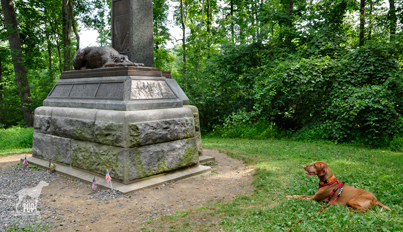
Tavish meets the gaze of the wolfhound at the memorial to the Irish Brigade in the Rose Woods.
Our last task at Gettysburg was to locate the monument for the three New York regiments of the Irish Brigade. The narrow approach skirts The Wheatfield—where fierce fighting killed and wounded more than 4,000 men—and then snakes into the Rose Woods. Despite all the tourists at Gettysburg on the afternoon of our visit, we were strangely alone when we came to Sickles Road. Dappled sunlight streamed through the trees, and it was here more than anywhere else that day that it wasn’t a stretch to imagine spooked horses. On the left of the roadside, a Celtic cross reaches some 19 feet skyward. Crouched in perpetuity at its base, head resting between outstretched paws, is a lone Irish wolfhound sculpted by William Rudolf O’Donovan, a veteran of Gettysburg. The noble hound is meant to signify the fidelity of the Irish Americans who fought for the Union. The Irish Brigade had already suffered heavy losses in the war and on the evening of July 2, 1863, added another 76 to its grim tally of wounded, missing, and dead.
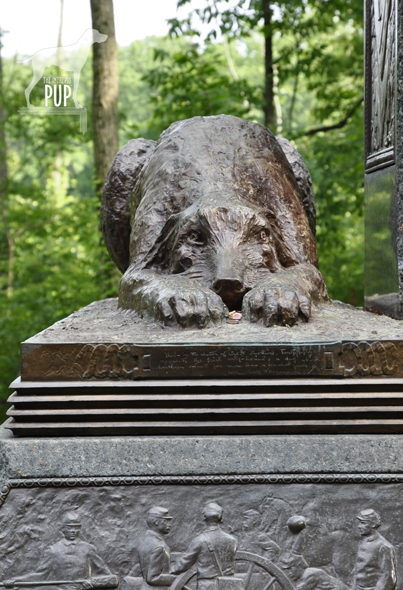
The solemn stare of Gettysburg’s Irish wolfhound.
While the wolfhound on the Irish Brigade memorial is symbolic, many actual dogs have been documented in the annals of Civil War history. Some were adopted as unofficial regimental mascots, others followed their masters to war, and still others were strays seeking human companionship in the encampments in the wake of the conflict.
Gettysburg demonstrates the power of place, and reminds us still—in the words of President Lincoln—”that from these honored dead we take increased devotion to that cause for which they gave the last full measure of devotion….”
 Dogging the Details
Dogging the Details
39°48′40.08″N, 77°13′31.50″W
Gettysburg National Military Park, Gettysburg, Pennsylvania
Gettysburg earns a “2” on the Intrepid Pup wag-a-meter for the many ways in which one can experience the military park and its canine connections. Make like the Intrepid Pup, and embark upon your time at Gettysburg with a stop at the national park’s Visitor Center. An outdoor sculpture of Abraham Lincoln (see below) provides a good photo op. Once oriented, you can set out by bike, via hiking trails, with a licensed battlefield guide, or on a self-guided auto tour.
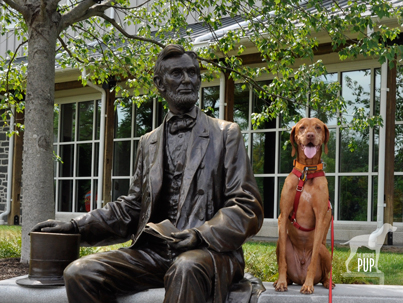
Penny for your thoughts? Tavish and President Lincoln sit for a spell at Gettysburg’s Visitor Center.
Leashed dogs are permitted on trails and grounds throughout Gettysburg National Military Park. Be sure to bring ample water for yourself and your dog; it can get pretty toasty on the battlefield, especially during the summer months. As always, be sure to clean up after your dog.
Pets are not allowed in the Visitor Center itself or at Soldiers’ National Cemetery where Lincoln delivered his now-famous Gettysburg Address on November 19, 1863—a little more than four months removed from the battle. To fully appreciate the extensive interpretive offerings at these two venues, you’ll need to return on your own.
One final note: unlike Tavish—who unfortunately missed seeing this on his visit—you’ll want to be sure to seek out the monument to the 11th Pennsylvania Volunteer Infantry Regiment, located on Doubleday Avenue in the northwest corner of the park. At its base lies a bronze replica of the regiment’s scrappy mascot, a bull terrier named Sallie. She was present at Gettysburg and had become separated from her regiment during the turmoil. Soldiers later located her at the day’s original battle line, where she was keeping vigil over the wounded and the dead. Sallie’s heroics were well documented throughout the Civil War. She had participated in the battles at Antietam, Fredericksburg, and Chancellorsville; purportedly received a tip of the hat from President Lincoln during a review of the troops earlier in 1863; and was subsequently wounded at Spotsylvania. Sallie died of a gunshot wound in 1865 during the Siege of Petersburg. Her comrades buried her on the battlefield.

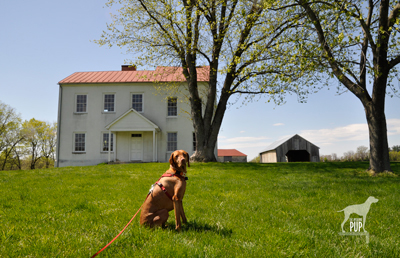

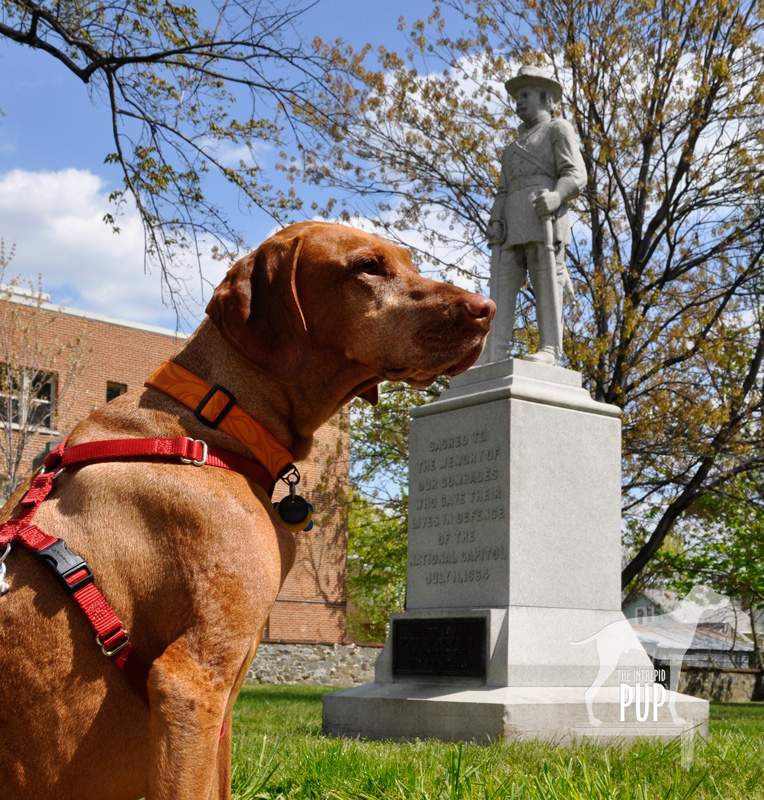
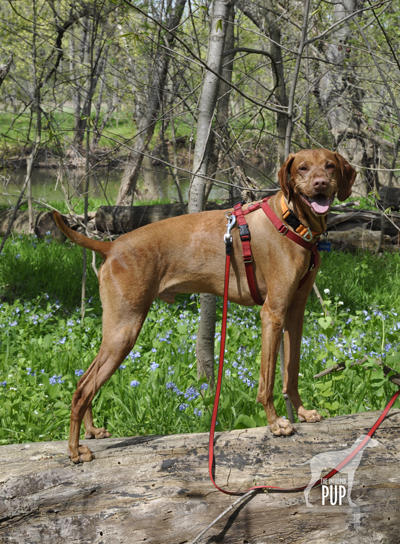
 Yonder’s
Yonder’s 









 Just in time for Presidents’ Day is this week’s
Just in time for Presidents’ Day is this week’s  to U.S. president Gerald Ford from Ford’s daughter and the White House photographer.
to U.S. president Gerald Ford from Ford’s daughter and the White House photographer.
